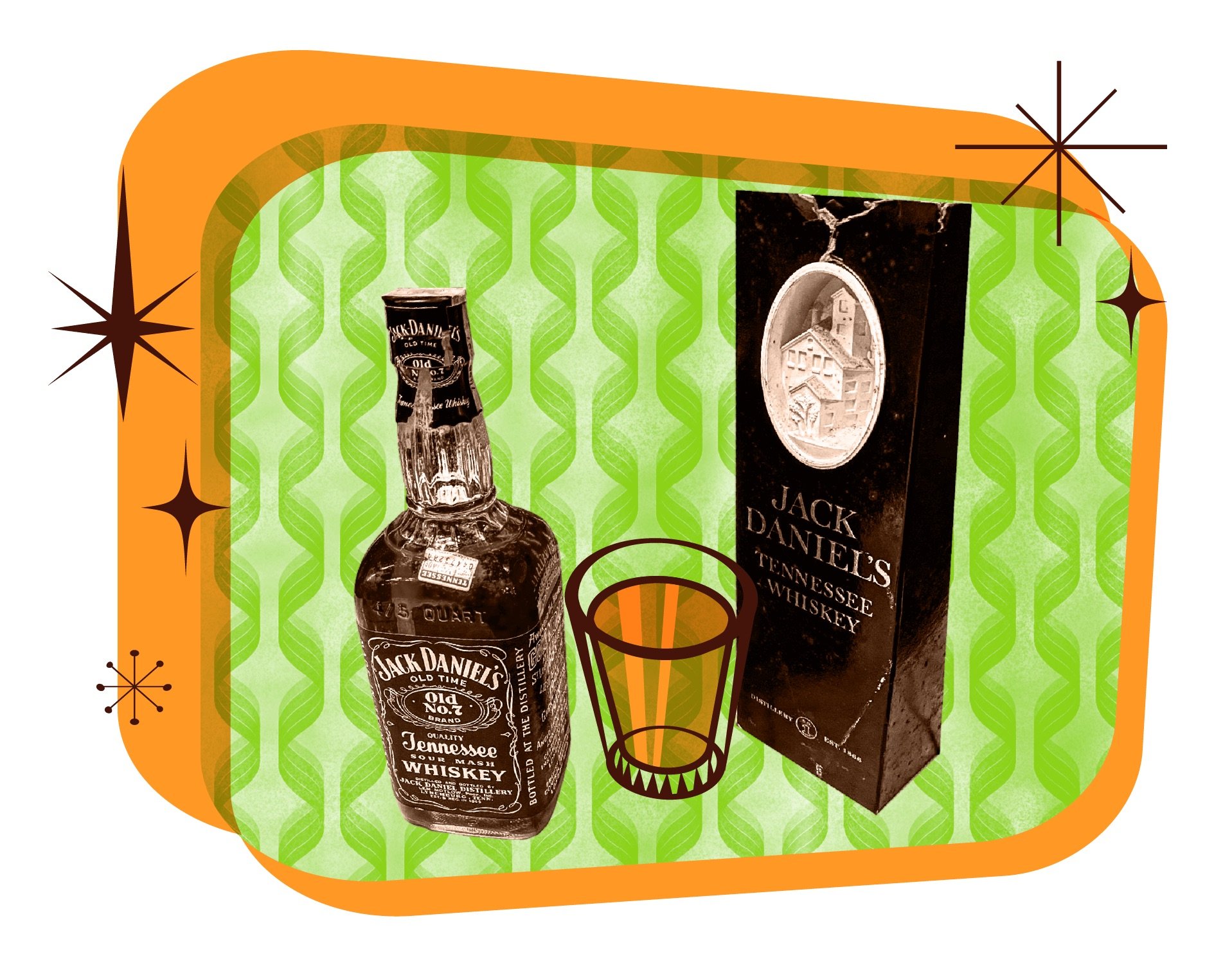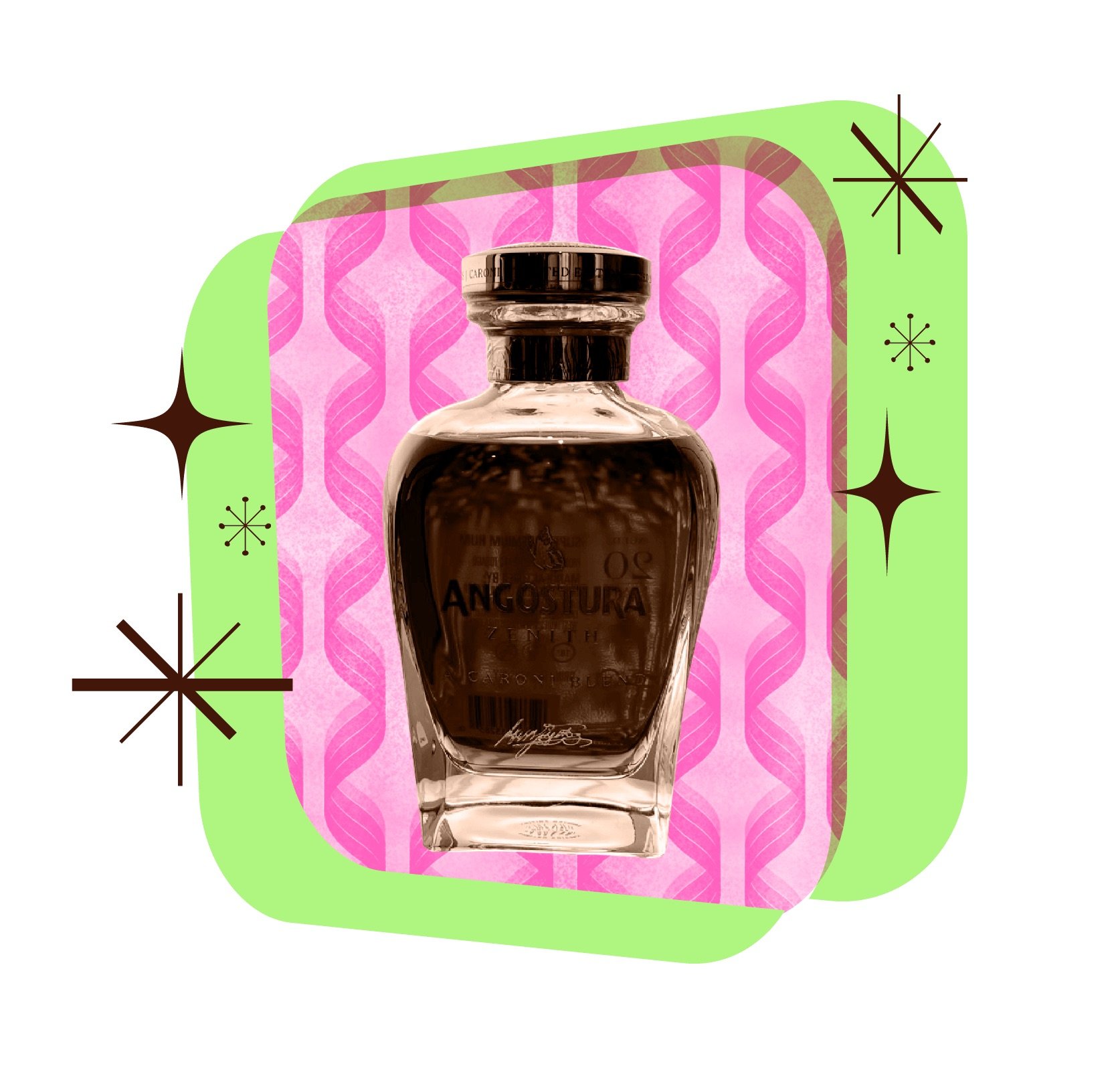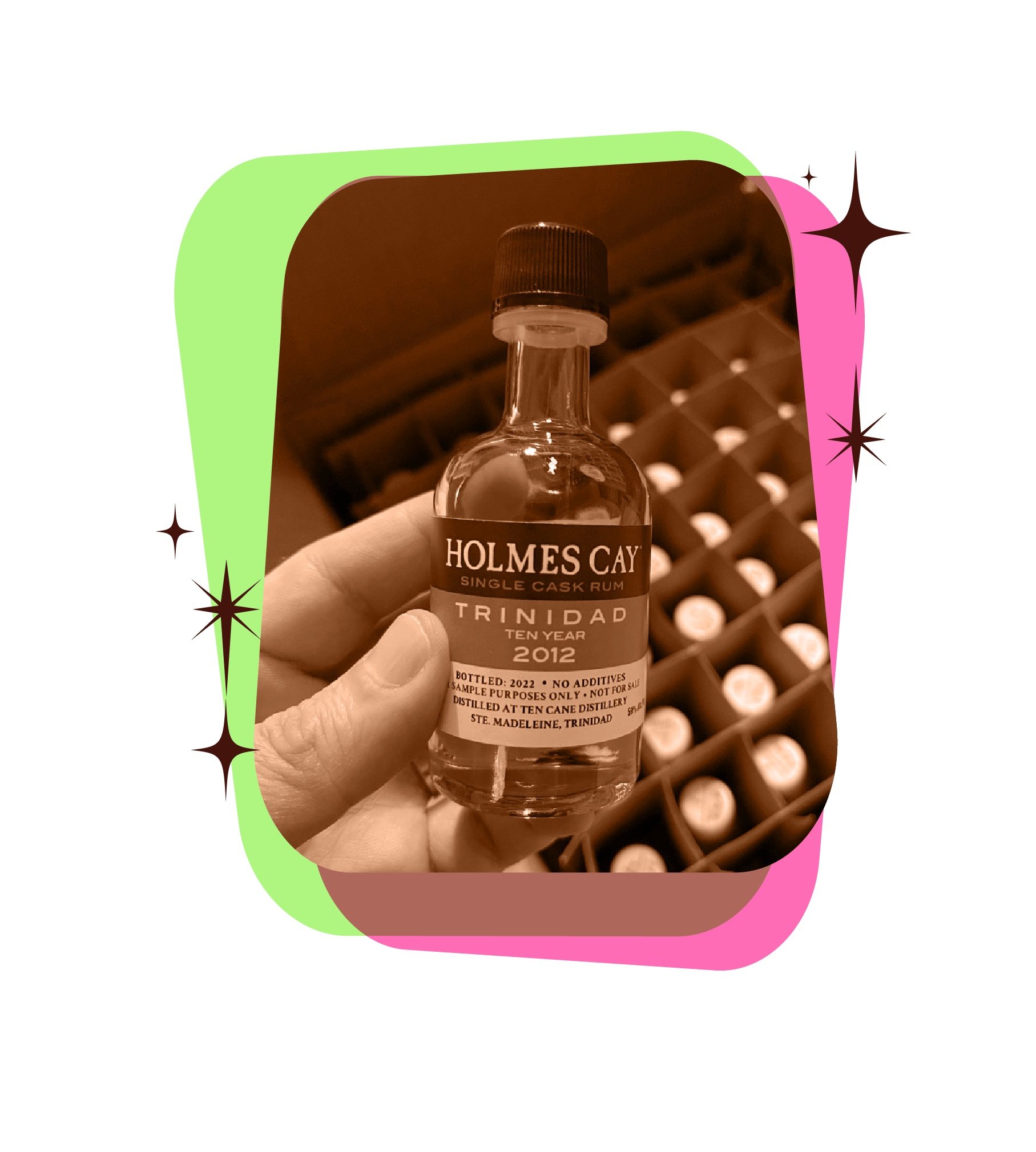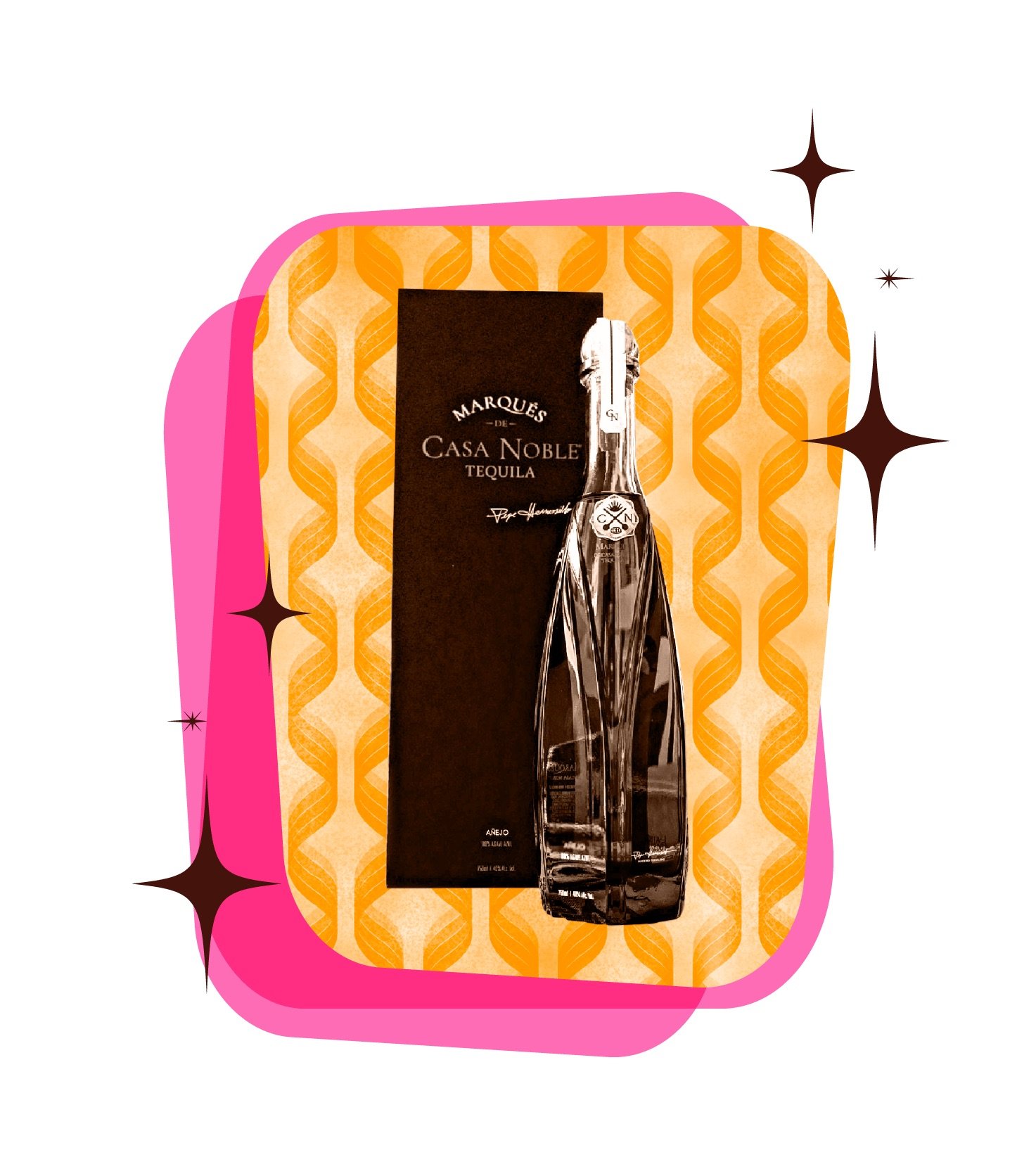What’s Tony Drinking? Old Rums, Some Even Older Whiskey, New & Notable Tequilas
Of Whiskey and Grandfathers and History (and Sinatra)
A few years ago, I acquired from my pal Edgar Harden at Old Spirits Co. a bottle of 1962-vintage Jack Daniel’s. I’ve been a fan of both Frank Sinatra and Old No. 7 since I was a teenager, and I’d always wanted to taste the Jack Daniel’s that Sinatra drank back during the heyday of the Rat Pack, when it was 90 proof (it’s 80 proof nowadays) and still on allocation, because the little distillery in Lynchburg couldn’t make enough to satisfy demand. Such was the power of Ol’ Blue Eyes.
I didn’t open the bottle right away — I wanted to wait for the right occasion. And when I found out that JD’s master distiller, Chris Fletcher, was coming to NYC, I knew that this was the time. It just so happens that Chris’ grandfather, Mr. Frank Bobo, was also Jack Daniel’s master distiller back in the ‘60s, though Chris explained that “he was kind of the distillery manager. I mean, sometimes ‘head distiller’ was used, but nobody really used the ‘master distiller’ term around Lynchburg until the mid ‘90s.” Mr. Bobo was originally hired by Reagor Motlow, the grandnephew of Jack Daniel himself, and ran the distillery from 1966-89. When the bottle I had was distilled in the late ‘50s, Frank (affectionately called “Frog” by those who knew him) was cooking the mash at the distillery, which meant that the bottle we were about to sample was literally made in part by Chris’ grandfather.
Chris and I convened at Fine & Rare, my local watering hole which also happens to be one of the finest whisky bars in the country, with owner Tommy Tardie, plus Minh Le and Svend Jansen from Jack’s parent company, Brown-Forman, in attendance. The bottle had been in its cardboard display box for six decades, so the contents had never seen daylight. It had obviously been kept in ideal conditions, because it didn’t need time to open up — as soon as we poured it, we all said, with some slight astonishment I think, “That’s Jack Daniel’s!” It was, as Tommy pointed out, perhaps a little heavier and oilier on the palate than modern day Jack, but the oak and char notes we know today were also there in 1962. It started out quite fruity, but after a few minutes, brown sugar, molasses, toffee and vanilla came to the fore. It was an extraordinary whiskey, not just for its age but for its quality. Personally, I prefer the vintage expression because the higher proof gives it a better balance and overall mouthfeel than current Old No. 7 — of the current JD roster, Sinatra Select, also bottled at 90 proof, probably comes the closest to the vintage expression, with a little more citrus and caramel but generally the same vibe.
It should be noted that we also tried Jack Daniel’s new Bottled-in-Bond expression, which was pretty delicious in its own right, and under normal circumstances wouldn’t have been so completely overshadowed. But to try a 60-year-old whiskey with the grandson of the guy who helped make it (the oldest Jack Daniel’s Chris had ever tasted, he told me) was something special. I think Sinatra would have approved.
Rum at its Zenith
Angostura is best known for its bitters, but the Trinidad-based brand makes some pretty nifty rums, too. Master distiller John Georges recently trekked to Gotham to launch Ango’s new super-limited-edition (195 bottles) Zenith expression over a swanky dinner at Peak, the restaurant on the 101st floor of that enormous building (you know the one I’m talking about) in the very un-NYC-like Hudson Yards. It was a delight to get sandwiched in between liquor.com's Kathryn Maier and Inside Hook’s Kirk Miller for the proceedings, and it was also a blast to finally meet in person one of my rummy mentors, Matt Pietrek (aka Cocktail Wonk), who was on hand to talk a little about the provenance of the rum.
In addition to a couple of cocktails, we had vertical tasting of Ango’s rum portfolio, culminating in Zenith. It’s a blend of Angostura distillates aged at least 20 years, along with rums from its longtime neighbor, the legendary Caroni distillery, which has been defunct since 2003 and whose bottlings are now some of the most legendary and sought after by serious rum fans. Bottled at 44.7% ABV, Zenith is more intense and its flavors more concentrated than the other Angos, but even with massive, spicy Caroni influence, it’s still a relatively gentle sipper. I’d forgotten how much I enjoyed Angostura’s rums in general. Like many a rum drinker, I’d eschewed them for years because they contain post-distillation additives, namely sugar (I don’t think Zenith contains any additives, but I’m not 100% certain), and I’d largely eschewed them in favor of “real,” unadulterated rums like Foursquare or Mount Gay. But as Matt Pietrek said, some distilleries have always added sugar post-distillation. It doesn’t make them any less authentic, it’s just a different style of rum making that should be appreciated on its own merits. Thanks for that bit of wisdom, sir! I lift my glass of Ango 1824 to you!
10 Cane at 10 Years
Or better yet, my glass of Holmes Cay’s latest bottling, also from Trinidad. Remember 10 Cane rum? It was an attempt to bring agricole-style rum (distilled from cane juice rather than molasses) to the masses. And for a while, it succeeded — 10 Cane was ubiquitous on back bars and liquor stores until production ceased and the distillery closed in 2015. The original 10 Cane was bottled at 80 proof and aged for 10 months, but the rum detectives at Holmes Cay sniffed out some remaining stocks of 10 Cane distillate, aged in ex-cognac casks for 4 years and in ex-bourbon for another six years, and bottled at a cask strength of 59% ABV. Trinidad 2012 10 Year is a monster — quite unlike the original, fairly genteel 10 Cane — but a friendly monster, with dominant vanilla notes underpinned by a dry herbaceousness, and a moderate alcoholic WHOMP on the finish. Delicious stuff, and there’s only two barrels’ worth of this liquid history available, so hunt it down now.
A Taste of Jamaica at the World Trader Center
I was already pretty familiar with Appleton Estate’s line of outstanding rums, and if you drink rum with any regularity, you’ve probably had at least one of their expressions as well. But when you get invited to the 69th floor of the World Trade Center for a vertical Appleton tasting, you don’t say no. And I didn’t. It’s not exactly a news flash that Appleton makes great rum. They’ve been doing their thing in Jamaica since 1749, using estate-grown cane, estate-sourced water, and double-retort pot stills to make a rum that’s elegant and complex enough for the nerds but approachable enough for the newbies. My host, Campari’s Jamaican rum ambassador Monique Brackett, didn’t get into the rarer expressions (the 21 Year Old is one of my two or three go-tos in the category), but the Signature Blend (aged 2-6 years), the 8 Year Old, the 12 Year Old Rare Blend, and the 15 Year Old “Black River Casks” expressions were plenty tasty on their own. Collectively, they’re a testament to groundbreaking master blender Dr. Joy Spence, who’s been on the job with Appleton for more than 40 years now. The younger expressions have a lot of bright, fruit-and-vanilla sweetness, while the 12 and 15 let the oak dry things out a little more. The portfolio did justice to the spectacular view of the city we had just outside the tasting room.
That’s not a pineapple shaped bottle, it’s an agave shaped bottle!
I braved one of Manhattan’s disgustingly soupy summer nights to check out the latest of Patron’s ridiculously opulent tequilas. Patron en Lalique Serie 3 is a one-of-a-kind, one-time-only blend of 14 extra añejo tequilas, aged in French and American oak for up to eight years (that’s ridiculously old for a tequila, in case you didn’t know) and packaged in a gorgeous Lalique crystal bottle that I thought was supposed to be a pineapple. Oops! Turns out it’s a representation of an agave piña. Makes a lot more sense, right? Yes, it could have easily been goofy or garish but, this being Lalique and all, it turned out quite stunning. And the tequila could have been aged too long and overly oaked, but it turned out stunning as well. I tasted bright citrus and butterscotch up front; agave and honey midpalate; and mellow oak on the finish. My ace co-taster got notes of vanilla, pepper, and cinnamon. We both wanted to get another taste, but there’s only 299 bottles available worldwide, so pours were at a premium. Of course, we could get a whole bottle… if we had $7,500 to spare. Which we don’t. But a fella and his co-taster can dream, right?
Casa Noble makes its Marques
Marques de Casa Noble, the latest expression from the venerable tequila brand, is a little more accessible than Patron’s, at a mere $170 (and also delicious). Tasting a spirit for the first time with the person who made it can be a risky exercise. It’s not exactly politic to tell a distiller or a blender, “Wow, you sure did botch this one!” Casa Noble, however, has been one of my favorite tequilas for years. I figured, therefore, that it would be safe to sit with tequiliero Pepe Hermosillo (and a group of other boozy scribes, all of us huddled together to avoid the lifestyle writers and influencers who pretty much had the run of Nomo Kitchen, where the event took place). It was a pleasure to be able to tell Pepe personally just how good Marques is. A blend of about a zillion (well, 21, but who’s counting) añejo and extra añejo tequilas aged between 1-5 years and aged in specially selected toasted new French oak barrels, it manages to avoid the biggest downside of extra-aged tequila. Too much time in oak, you see, can make the agave flavor all but disappear, but Marques keeps the savory agave at its core, while surrounding it with sweet caramel and honey notes, along with cinnamon spice. Absolutely worth your while, even if the very attractive bottle resembles neither an agave nor a pineapple.






